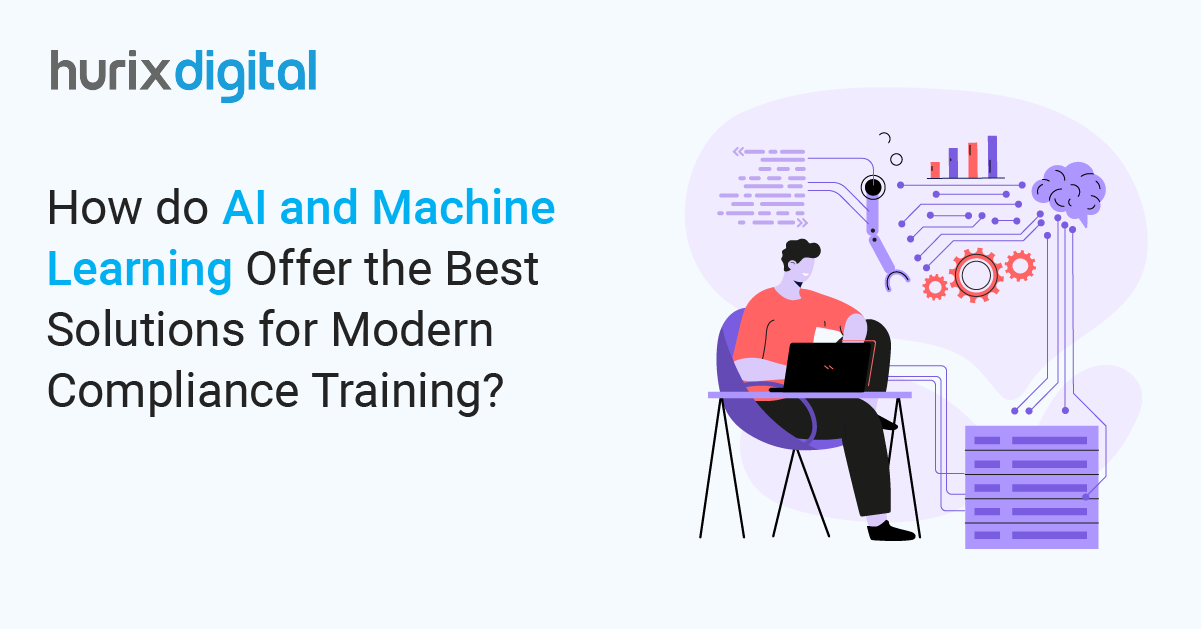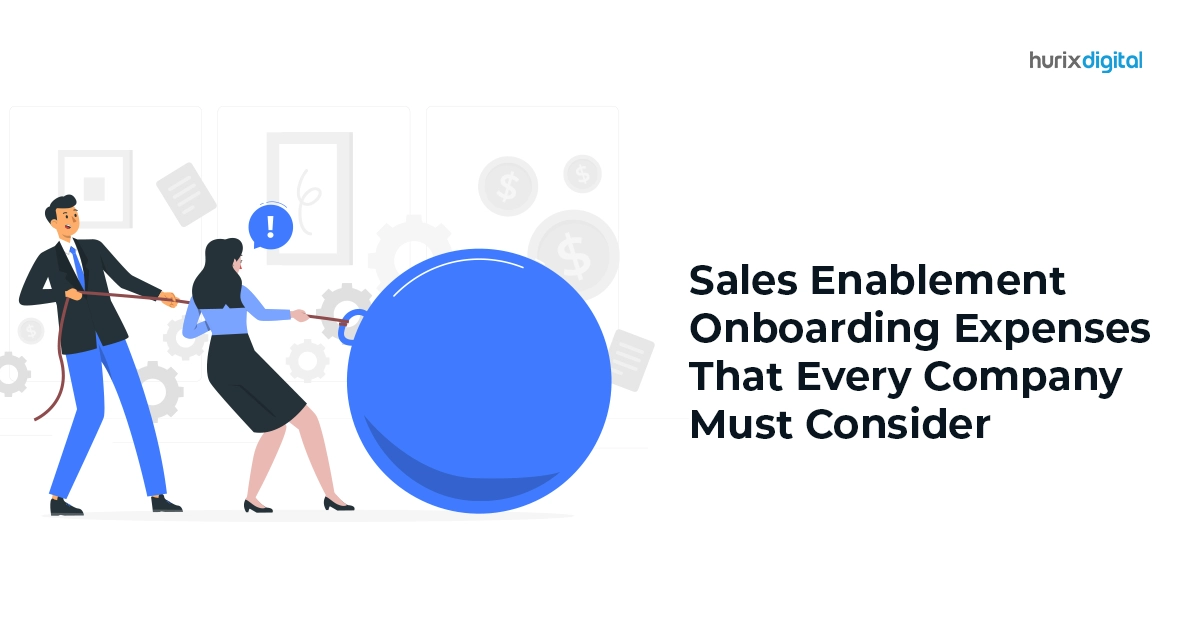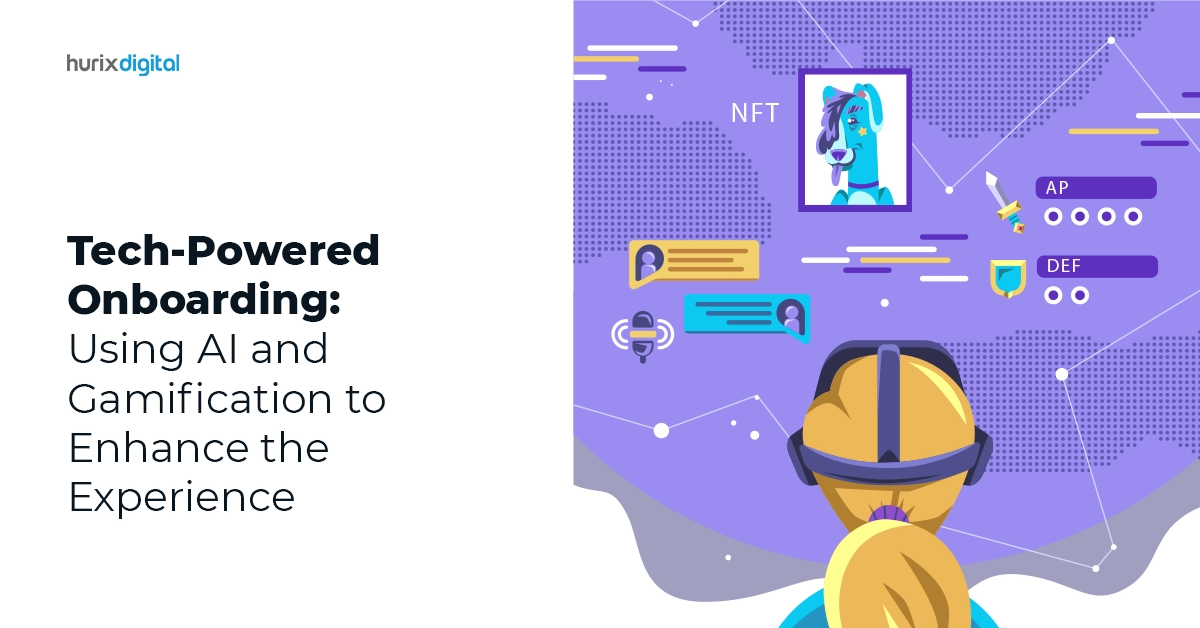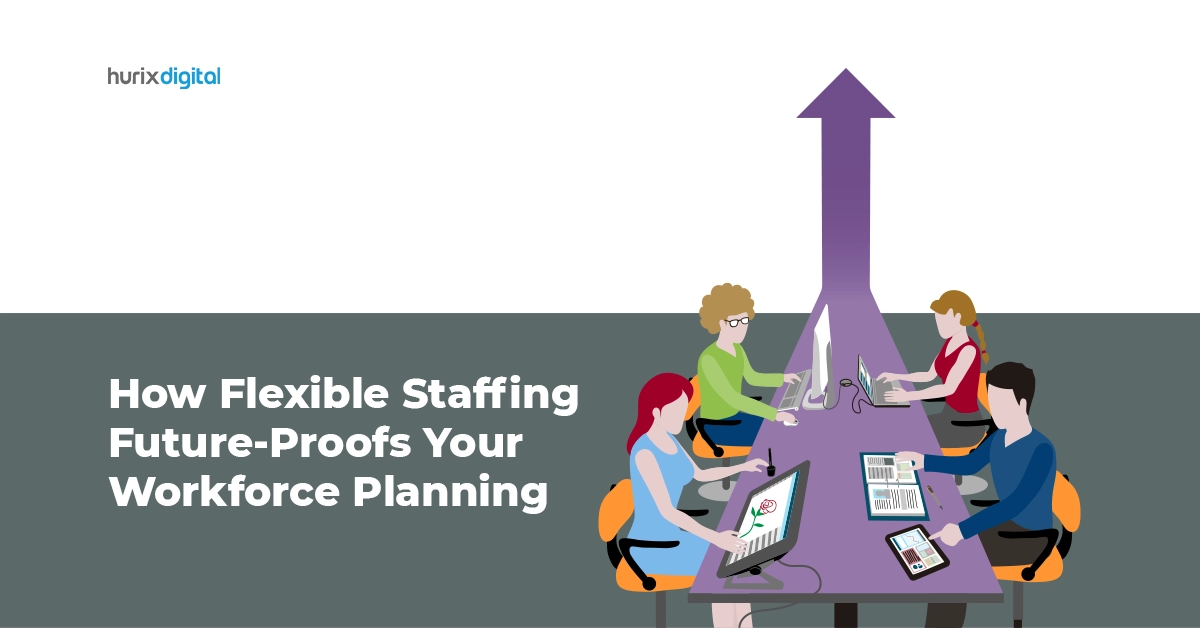
Challenges of Designing and Developing Effective Enterprise Training
Summary
This article explores the common challenges faced in designing and developing enterprise training programs, and how to overcome them for better learner engagement.
In today’s rapidly changing business landscape, continual upskilling and reskilling are critical factors in the success of any enterprise. It is no longer enough to hire skilled professionals and expect them to perform at their best. Instead, companies must invest in training programs that equip their employees with the knowledge and skills required to adapt to new technologies, industry trends, and customer demands.
However, designing and developing effective enterprise training is easier said than done. In this article, we will explore some of the most common challenges around designing and developing effective training and the ways to address those challenges.
Table of Contents:
Embarking on your training design & development journey: what to expect
Anyone who has been part of learning & development in organizations large or small will have come across at least a few or all of the following challenges.
1. Lack of Personalized Content
One of the biggest challenges in designing and developing effective enterprise training is the lack of personalized content. Many organizations rely on a one-size-fits-all approach to training, and all available resources are generic in nature. Training designed based on such generic information leads to low engagement and poor learning outcomes. Personalization is critical in ensuring that employees receive the training they need to succeed in their roles. Personalized training can be tailored to the specific needs and skill levels of individual employees, improving engagement and retention of key concepts.
2. Insufficient Time
Learning & development departments are usually lean and are the single point of contact for all learning & development activities, which places a strain on their time. Typically, training programs must be launched within a time frame defined by the business verticals they serve. Time is always precious, and learning projects with a relaxed timeframe are rare.
3. Limited Resources
Limited resources can also be a significant challenge for organizations when designing and developing effective enterprise training. Organizations must balance the need for training with the cost of developing and delivering the training program. This challenge makes many organizations to look for cost-effective training solutions, such as e-learning platforms that offer generic, off-the-shelf courses relevant to employees across different enterprises. For more specific learning needs, organizations partner with external training providers to access the expertise and resources needed to design and develop effective training programs.
4. Lack of Employee Engagement
Lack of employee engagement is another challenge to address when designing and developing enterprise training. Many employees view training as a chore and may not be fully engaged in the learning process. This can lead to poor learning outcomes and a lack of enthusiasm for future training opportunities.
5. Unclear Measurable Outcomes
Another challenge in designing effective enterprise training is insufficient information required to define measurable outcomes. The lack of time and resources typically results in courses that are put together in a hurry, based on some raw content that is not based on clearly defined, measurable outcomes. This has a direct impact on the quality and effectiveness of the training program designed. Organizations need to be able to measure the impact of their training programs to determine their effectiveness and ROI. And that is not possible without clearly defined measurable outcomes of the training.
Tips to address these challenges
1. Define the Objectives
Collaborate with the functional leaders to understand the nature of their function and the performance gap they wish to close. This will help you define measurable training goals and objectives. The training goals and objectives must align with the organization’s overall strategy and be specific, measurable, achievable, relevant, and time-bound. Failure to define clear goals and objectives can lead to a lack of focus, confusion among employees, and a lack of motivation to participate in the training program.
2. Address the Diverse Learning Needs of Employees
Not all employees learn in the same way, and some may prefer hands-on training while others prefer to learn through self-paced online courses. Offer a range of training methods and modalities to cater to different needs and preferences.
3. Deliver Training Content that is Engaging and Relevant
Delivering training content that is engaging and relevant is crucial to the success of any training program. Training content that is dry, boring, or irrelevant to an employee’s job function is unlikely to be effective. Ensure that your training content is up-to-date, relevant to the job function, and delivered in an engaging way to capture the attention of employees.
4. Provide Consistent and Ongoing Training
Training is not a one-time event. It is an ongoing process that requires consistent and ongoing efforts. Provide consistent training to their employees to reinforce their knowledge and skills, and to keep them up-to-date with the latest industry trends and technologies.
5. Measure the Effectiveness of Training
Develop metrics to measure the impact of your training program on employee performance, productivity, and job satisfaction. Failure to measure the effectiveness of training can lead to a lack of accountability and a failure to identify areas for improvement.
In conclusion, enterprise training is critical to the success of any organization, and designing and developing effective training programs is not an easy task. Companies must define clear goals and objectives, meet the diverse learning needs of employees, deliver engaging and relevant training content, provide consistent and ongoing training, and measure the effectiveness of training to ensure that their employees have the skills and knowledge required to succeed in a rapidly changing business environment. By addressing these challenges, companies can create effective training programs that drive organizational success.
Need help with designing and developing training effective training for your organization? Contact marketing@hurix.com for further details.








